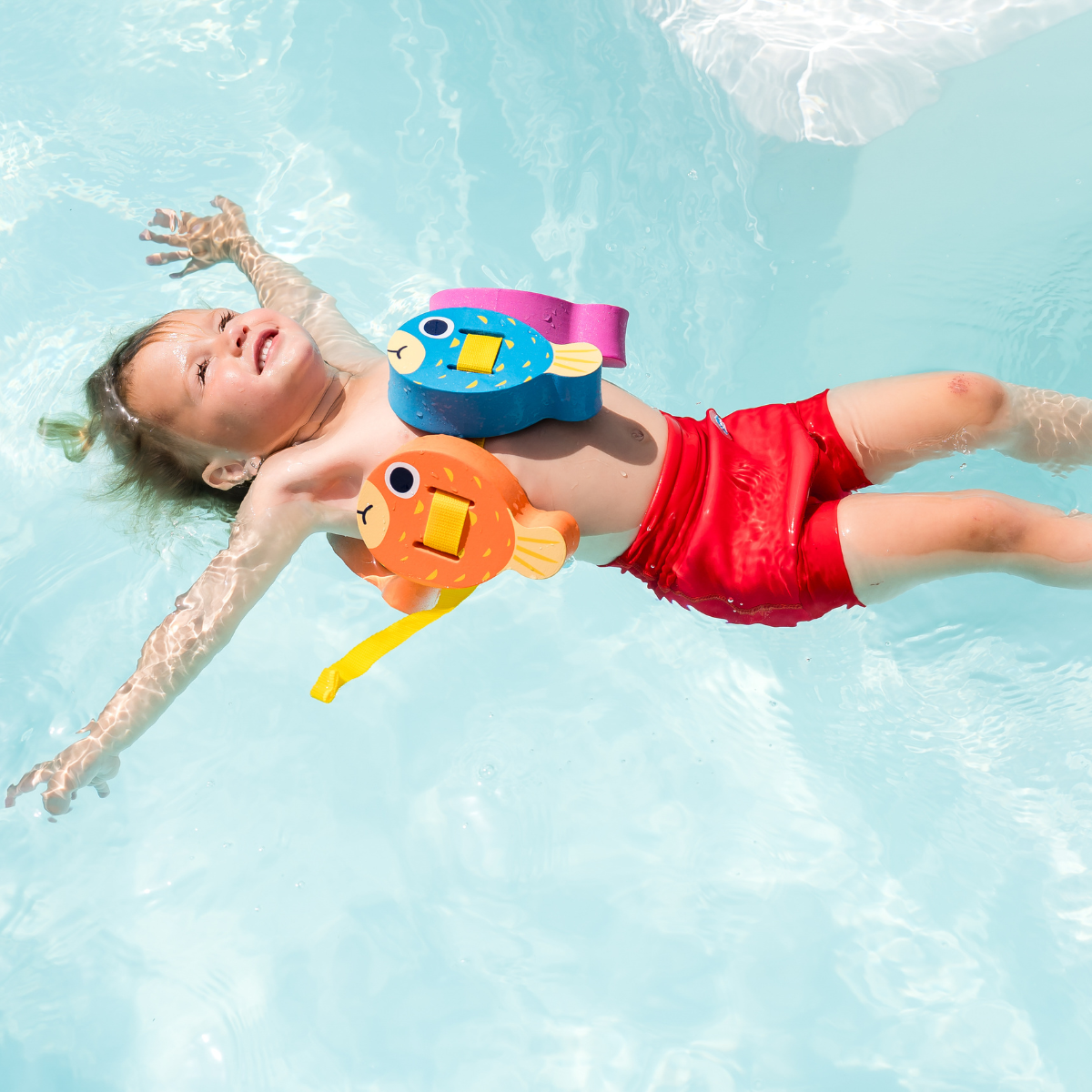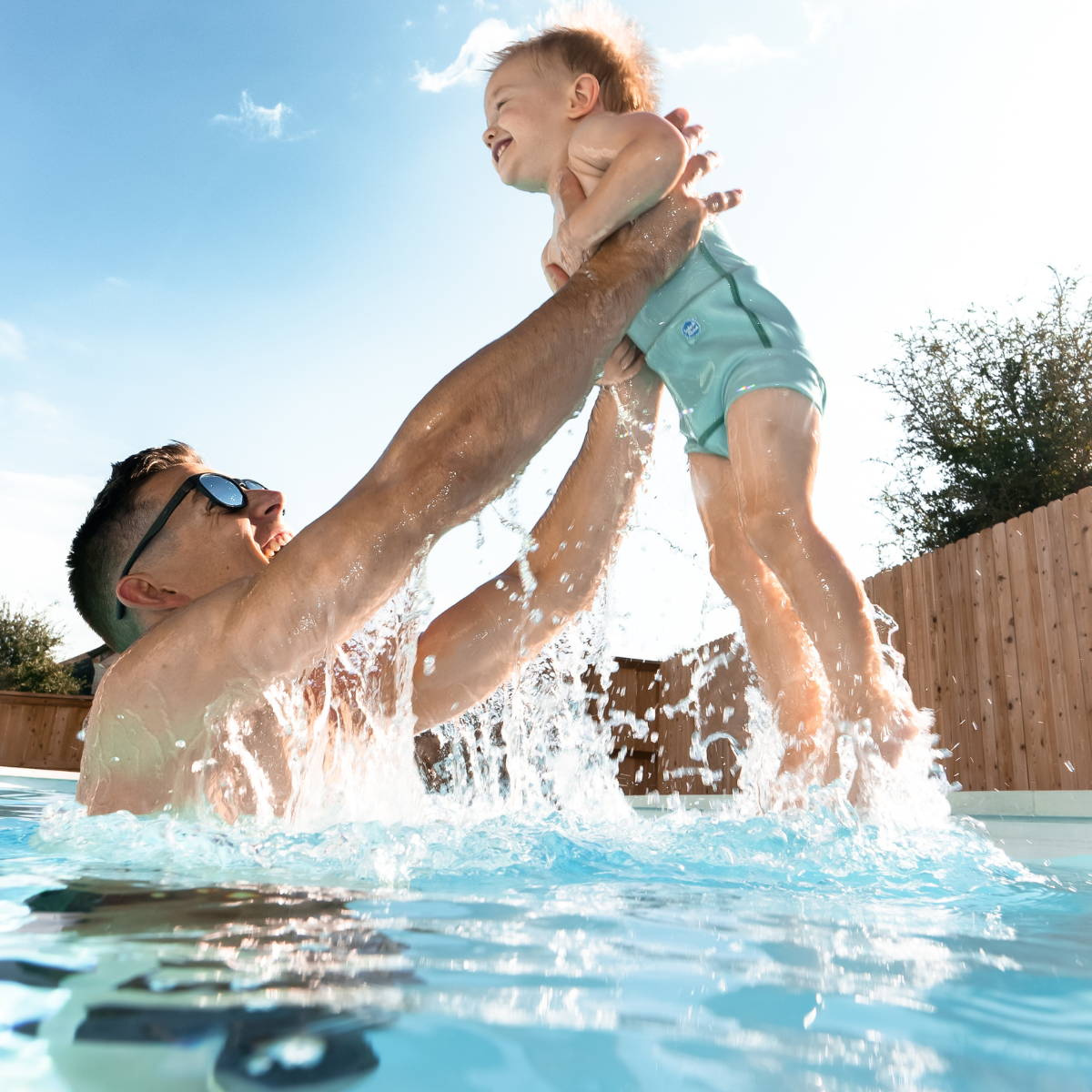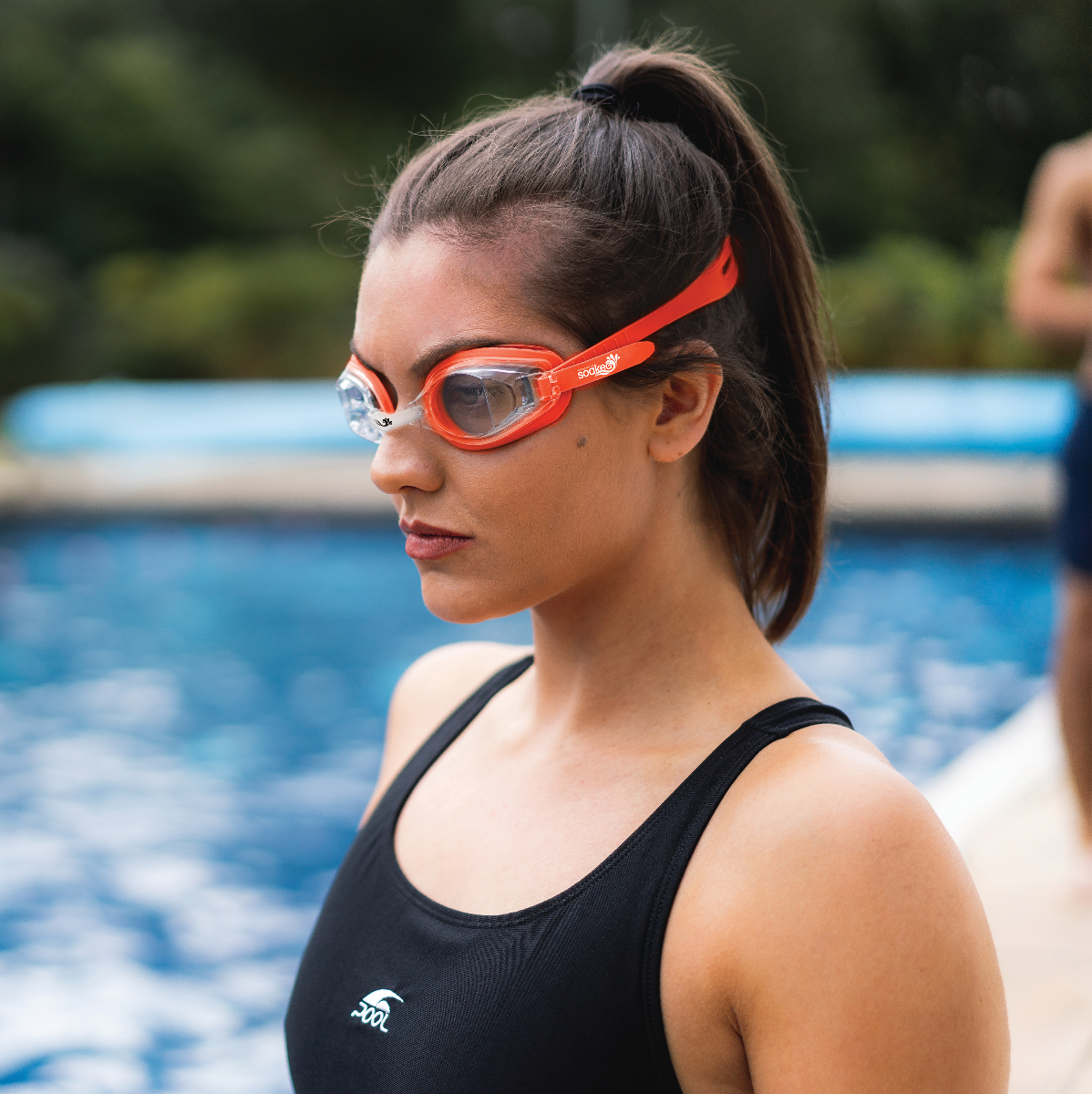Answering your FAQs
Goggles should be used when they will help your child to feel more comfortable in the water and to aid them in their swimming lessons. You want your child to learn the fundamentals of water safety and if goggles mean that they will enter the water, practice and learn, then these will be a vital tool during a tricky period.
As your child gets older and begins to develop their swimming skills, goggles can play an important part in allowing them to do this comfortably, for example, in front crawl, the butterfly, for synchronised swimming and for competitive lane swimming.
You may also need to use goggles if your child wears glasses full time. Prescription goggles are readily available to purchase via your optician and are a great solution in helping them to swim and watch a teacher with ease.
Ideally, goggles should not be used for children under the age of 2 simply because you will want them to get used to having water in their eyes, you want them to feel comfortable in that environment and goggles could cause them to be distracted. However, all babies are different and if they react badly to the water in their eyes, if they have sensitivities to the chlorine or if they are distressed without any protection you will need to do what is best for your little one.
If there are no health or sensitivity factors, goggles should also not be used as a dependency. Your child should feel confident both with and without them because if an accident ever occurred, you need to feel assured that they could focus on helping themselves out of a situation over panicking about having water in the eyes.
Goggles should not be worn if you cannot find a pair that your child will keep on. They need to feel completely at ease whilst wearing a pair and they shouldn't ever be a distraction.
Purchasing a good pair of goggles is a must if they are to work with your child and not against them. At Splash About we recommend that you look for ones that have:
- A British safety standard
- Anti-fog lens
- UV protection
- Watertight features
- Adjustable tabs
They should also be welcomed by your child, so we tend to find that bright, fun colours help to encourage them to wear them.
On fitting, you want to first practise this at home prior to a lesson. Your kid's goggles should be placed over their head and align their eyes with the protective lenses by adjusting either the nose strap (if they have one) or the head strap. The silicone pads should sit comfortably, yet securely enough to prevent water from entering them. You can adjust this by using the head strap. If the goggles easily pop off you will need to tighten them, however, if they leave marks on the face this is an indication that they may be too tight so it can take a little trial and error to get them perfect. Always check with your child that they feel as though their goggles are secure and comfortable.
Which goggles should I buy?
Infant Guppy Goggles
Infant Minnow Goggles
Soaked Sail Fusion Junior Goggles
Soaked Koi Junior Goggles
Soaked Piranha Junior Goggles
How to care for your swim goggles






